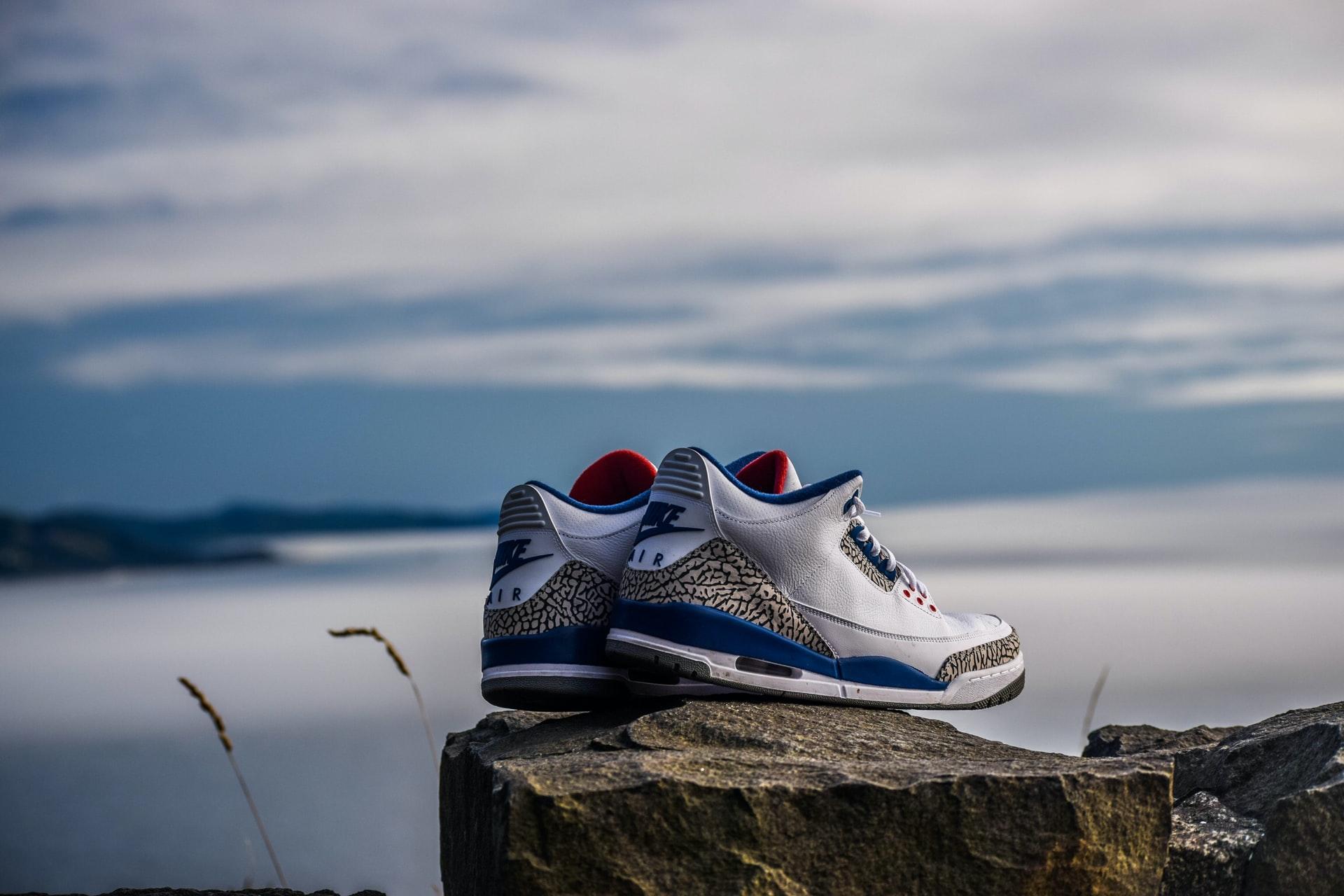If there’s one thing that’s consistently true in life, it’s that everyone makes mistakes. Even highly successful people have faced a misunderstanding or two—and Nike executives are no exception.
While working your way up the corporate ladder is certainly an accomplishment to be proud of, it doesn’t mean you are immune to making financial mistakes in your personal life. In fact, in my time working with Nike executives, I’ve seen several pitfalls that come up over and over again. Here are the top 5 financial mistakes I see Nike executives make and what you can do to avoid them.
1. Not Fully Understanding Nike ESPP Benefits
One of the best aspects of working for Nike is that they offer a great executive compensation package. The downside is that many executives don’t take the time to fully understand and utilize these benefits. The Nike Employee Stock Purchase Plan is one example.
The Nike ESPP allows executives to purchase Nike stock at a 15% discount up to a maximum of $25,000 per year. This is a great way to build wealth, but there are many details to consider in order to maintain favorable tax treatment. Unfortunately, I’ve seen many executives sell their ESPP stock without thinking about the tax implications. What started as a significant asset became a huge tax liability, all because they didn’t fully understand their benefits.
This mistake can be easily avoided by keeping track of two key dates: the start of the ESPP offering period and the stock purchase date. If you keep the stock for at least 2 years from the offering period and 1 year from the purchase date, you will receive favorable tax treatment by being taxed at the long-term capital gains tax rate, which ranges from 0% to 20%. Most Nike employees would be taxed at the 20% due to their high income.
If you don’t meet the holding period requirements, you will not be eligible for the favorable tax treatment. Instead, a portion of your gain will be taxed as ordinary income at your marginal tax rate, which for many Nike executives is 37%. When possible, it’s much better to avoid being taxed at your marginal tax rate and opt for long-term capital gains rates instead.
2. Not Having a Plan Before Making Decisions About Nike Stock Options or RSAs
In addition to the ESPP, Nike offers two other equity compensation benefits:
- Stock options: Gives executives the right to purchase Nike stock at a set price (usually discounted) for a set period of time.
- Restricted stock awards: Similar to a bonus that is paid out in shares of stock instead of cash. The actual amount you receive depends directly on how the stock performs. Once your RSA shares vest (typically a portion on the anniversary of the grant date), the released value is generally considered income for tax purposes. The income will flow through payroll and will be included on your W-2. Many clients are surprised by a large tax bill at the end of the year because the withholding rate for RSAs can be significantly lower. It is worth having a financial advisor or CPA take a look at the tax implications, which is something I do for clients all the time.
Like the ESPP benefits, many executives exercise their stock options or sell their restricted stock without understanding the effect it will have on their overall financial plans. This can result in unintended consequences and much higher tax bills than if the stock was held a little bit longer. RSAs are taxed at ordinary income tax rates when vested and received. Capital gains will be taxed if the shares increase in value after they are vested and received. If you hold the RSAs for at least a year before selling, you will qualify for the favorable long-term capital gains rate (20%) versus short-term capital gains, which are taxed at your marginal tax rate.
The flip side of this equation is holding the stock for too long, resulting in a concentrated equity position that can wreak havoc on your finances if the Nike stock takes a dip.
Nike executives can prevent these issues by building a cohesive liquidation strategy for their stock options and RSAs. It should be a coordinated and consistent plan that outlines how you’ll sell shares and reinvest the proceeds to help lower your risk and keep your portfolio diversified over time.
3. Forgetting the Tax Implications of Nike’s Deferred Compensation Program
Nike’s deferred compensation program is an effective way for executives to save for retirement after maxing out contributions elsewhere because this plan has no contribution limit. It simply allows executives to defer a portion of income to be paid at a later date, typically retirement. Since the income is not received in the year it is earned, the taxes are also deferred.
What many executives don’t realize is that the taxes will be due in full once the income is received. Choosing when and how to receive the deferred income is a big decision that should not be made without a plan, especially if you have other forms of compensation like ESPP benefits, stock options, and RSAs.
Typically, the choice for distribution is irrevocable. Once you make an election, you cannot change the distribution schedule. The plan is not flexible and distribution amounts can be unpredictable.
Not only that but choosing to receive the income in years when you are already receiving Social Security could cause a portion of your Social Security benefits to be taxed if your income exceeds a certain limit.
Nike executives should take care to keep the tax implications in mind when making decisions about how and when to receive deferred compensation payments.
4. Not Utilizing a Donor-Advised Fund in Addition to Nike’s Give Your Best Program
Another financial mistake I see Nike executives make is not taking full advantage of the Give Your Best Charity Program by utilizing a donor-advised fund (DAF). This program matches up to $25,000 of charitable donations made to qualified schools and organizations. Until recently, Nike would only match cash donations. Now they are also matching donations made from donor-advised funds. This significantly expands the value of the Give Your Best Charity Program because DAFs accept appreciated stock (think Nike ESPP with low cost basis) as donations. Since this is a recent change to the program, many executives have not taken full advantage of the program by setting up a DAF.
If you are looking to add philanthropy to your financial plan, be sure to take advantage of Nike’s charity program in conjunction with a DAF.
5. Not Consulting a Financial Advisor to Help With These Decisions
Many of the mistakes outlined above could be easily avoided by working with a qualified financial advisor. They can help you put your Nike executive benefits in the context of your overall financial plan, seeing it as one piece of a larger puzzle instead of separate pieces to be decided on individually.
Not working with a financial advisor can result in overexposure to risk, missed opportunities, and larger-than-necessary tax liabilities, and it can have a huge impact on the overall effectiveness of your long-term wealth plan. Nike executives can improve their wealth-building potential by consulting with a financial advisor early and often. It is not something to be set in stone and forgotten about; it needs to be actively managed and monitored in order to be useful.
Are You Making Some of These Mistakes?
Are you a Nike executive making some or all of these financial mistakes? If so, it’s not too late to get a second opinion on your financial plan and improve your long-term wealth-building potential. To learn more about how to maximize your Nike executive benefits, reach out to me at 503-446-6450, email [email protected], or schedule an introductory phone call online.






